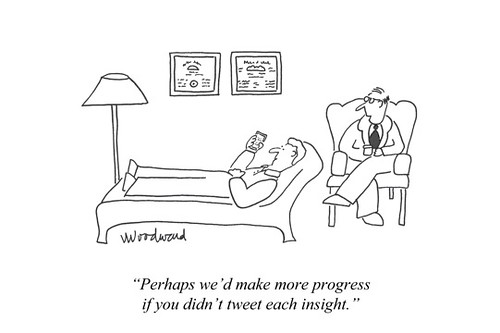The Examined Life
Some books are to be tasted, others to be swallowed,
andsome few to be chewed and digested.
Francis Bacon, the philosopher, not thepainter.
andsome few to be chewed and digested.
Francis Bacon, the philosopher, not thepainter.
Sometimes a book can come along and make your life better. Readingit feels as though it was meant to enter your life at that exact time.
And isn’t this why we have a life-long love affair with books?
And isn’t this why we have a life-long love affair with books?
Books can help us answer questions we haven’t yet to formulate.At their best, they rouse us to carry on an inner dialogue and deepen ourself-awareness. And awareness is the first step in the process of change.
Yes, change is possible. It’s a slow-going, subtle shifting of your attitude, first to your self, and, over time, it will manifest outwardly in your interactionswith the world.
Yes, change is possible. It’s a slow-going, subtle shifting of your attitude, first to your self, and, over time, it will manifest outwardly in your interactionswith the world.
Stephen Grosz’s The Examined Life is one such book. Grosz is an American psychoanalyst based inLondon. I love this book because the writing is superb; language is simple and precise, without psychologicaljargons to showcase the author’s expertise. He writes for an audience interested in living a deeper, more authentic life (don’t we all?). Though I am not a book reviewer, if you are interested the literati love his book!
Myclinician self found important lessons in how to be a better therapist, both intechnique and in philosophy. And as a general reader, I very much appreciate the clinicalcases he presents, because I identify with many of the enduring “issues”that had brought people to his office. Some of these universal themes are: the search forand keeping of loving relationships, forgiveness, resolving the hurts from ourimperfect childhoods, loneliness, sexuality, raising children, facingdeath.
If there were to be a syllabus for therapy The Examined Life would be a required reading.
Quick note about psychoanalysis: It is a type ofpsychotherapy I DO NOT practice. However, I hope to start training in it in thenear future. Its aim is to affect or change the personality structure of theclient over an unspecified period of time. Usually a client brings in a complaint of anon-urgent nature, something that nags her but does not interfere with heroverall functioning. Free association is the primary technique used inanalysis; it means that the client is encouraged to think out loud, to say whatevercomes to her mind. The analyst then interprets what was said, noting patternsor other significant content to which the client was unaware. There is littleadvice giving, and progress or insights are made by the client on their own.
The work I do is more hands on and goal directed. The issues Ideal with tend to exist on the surface of day-to-day life, whereas psychoanalysisdeals with issues that are more deeply imbedded.
Normal0falsefalsefalseEN-USJAX-NONE/* Style Definitions */table.MsoNormalTable{mso-style-name:"Table Normal";mso-tstyle-rowband-size:0;mso-tstyle-colband-size:0;mso-style-noshow:yes;mso-style-priority:99;mso-style-parent:"";mso-padding-alt:0in 5.4pt 0in 5.4pt;mso-para-margin:0in;mso-para-margin-bottom:.0001pt;mso-pagination:widow-orphan;font-size:12.0pt;font-family:Cambria;mso-ascii-font-family:Cambria;mso-ascii-theme-font:minor-latin;mso-hansi-font-family:Cambria;mso-hansi-theme-font:minor-latin;}

